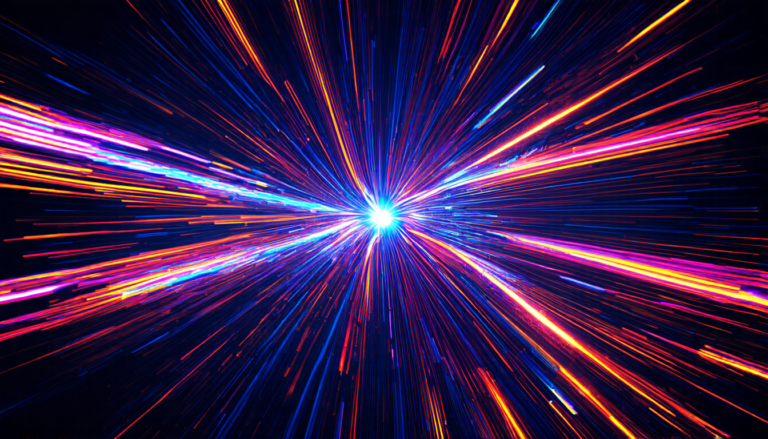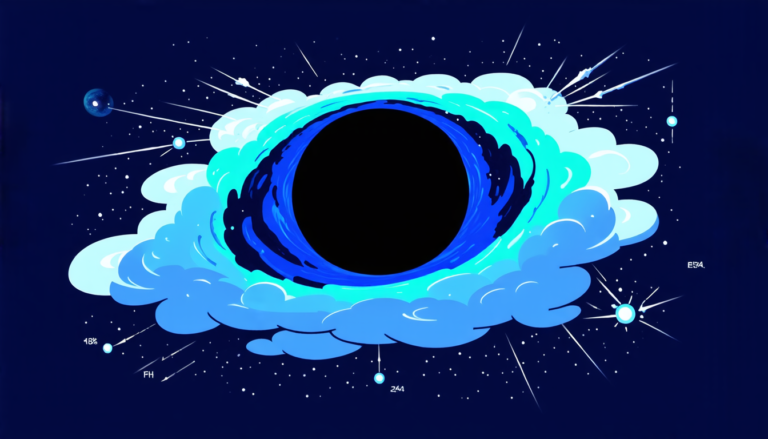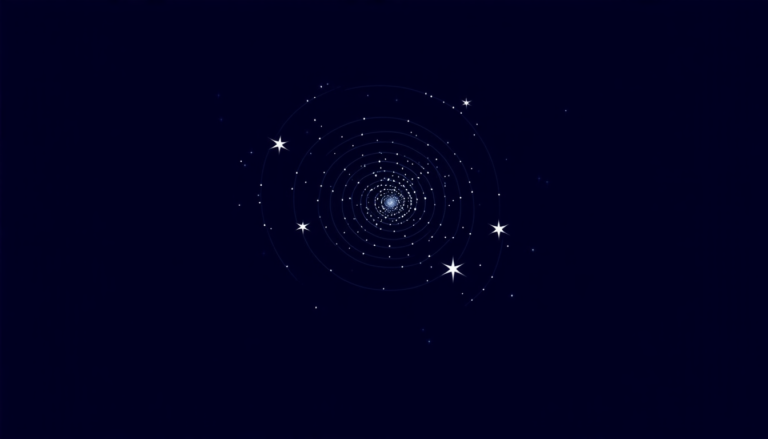Wednesday 16 April 2025
Physicists have made a significant breakthrough in their quest to understand the fundamental laws of nature, particularly in the realm of quantum mechanics and particle physics. A recent study has shed new light on the properties of protons, the positively charged particles that make up atomic nuclei.
Researchers at the STAR Collaboration, a team of scientists from various institutions around the world, have been studying proton number cumulants, which are statistical measures used to analyze the behavior of particles in high-energy collisions. By examining these cumulants, physicists can gain insights into the properties of protons and the forces that govern their interactions.
The study focused on data collected during the Beam Energy Scan II (BES-II) program at the Relativistic Heavy Ion Collider (RHIC), a powerful particle accelerator located in New York. The experiment involved colliding gold ions at different energies to create a range of particles, including protons, which were then analyzed using sophisticated detectors.
The results showed that proton number cumulants behave differently at lower energies, where the collision energy is less than 7.7 GeV. In this regime, the data indicates an enhancement in second-order factorial cumulants and suppression in third-order ones relative to a non-critical baseline. This anomaly has sparked excitement among physicists, as it may be indicative of critical fluctuations, a phenomenon that occurs when particles are near a phase transition.
Phase transitions occur when a system undergoes a fundamental change in its state, such as the transition from solid to liquid or gas to plasma. In the context of particle physics, these transitions can reveal new properties and forces that govern the behavior of particles at the quantum level. The discovery of critical fluctuations would be significant, as it could provide evidence for the existence of a QCD critical point, a hypothetical phase transition that has long been sought after by physicists.
The findings also have implications for our understanding of the strong nuclear force, which holds quarks together within protons and neutrons. By studying the behavior of protons in high-energy collisions, researchers can gain insights into the underlying forces that govern their interactions.
While more research is needed to confirm these results, the study marks an important step forward in our understanding of the fundamental laws of nature. The discovery of critical fluctuations could open up new avenues for exploration, potentially revealing new properties and forces that shape the behavior of particles at the quantum level.
Cite this article: “Unlocking the Secrets of Heavy-Ion Collisions: A New Look at the Critical Point in Quantum Chromodynamics”, The Science Archive, 2025.
Proton Number Cumulants, Quantum Mechanics, Particle Physics, Star Collaboration, Beam Energy Scan Ii, Relativistic Heavy Ion Collider, Critical Fluctuations, Qcd Critical Point, Strong Nuclear Force, High-Energy Collisions







